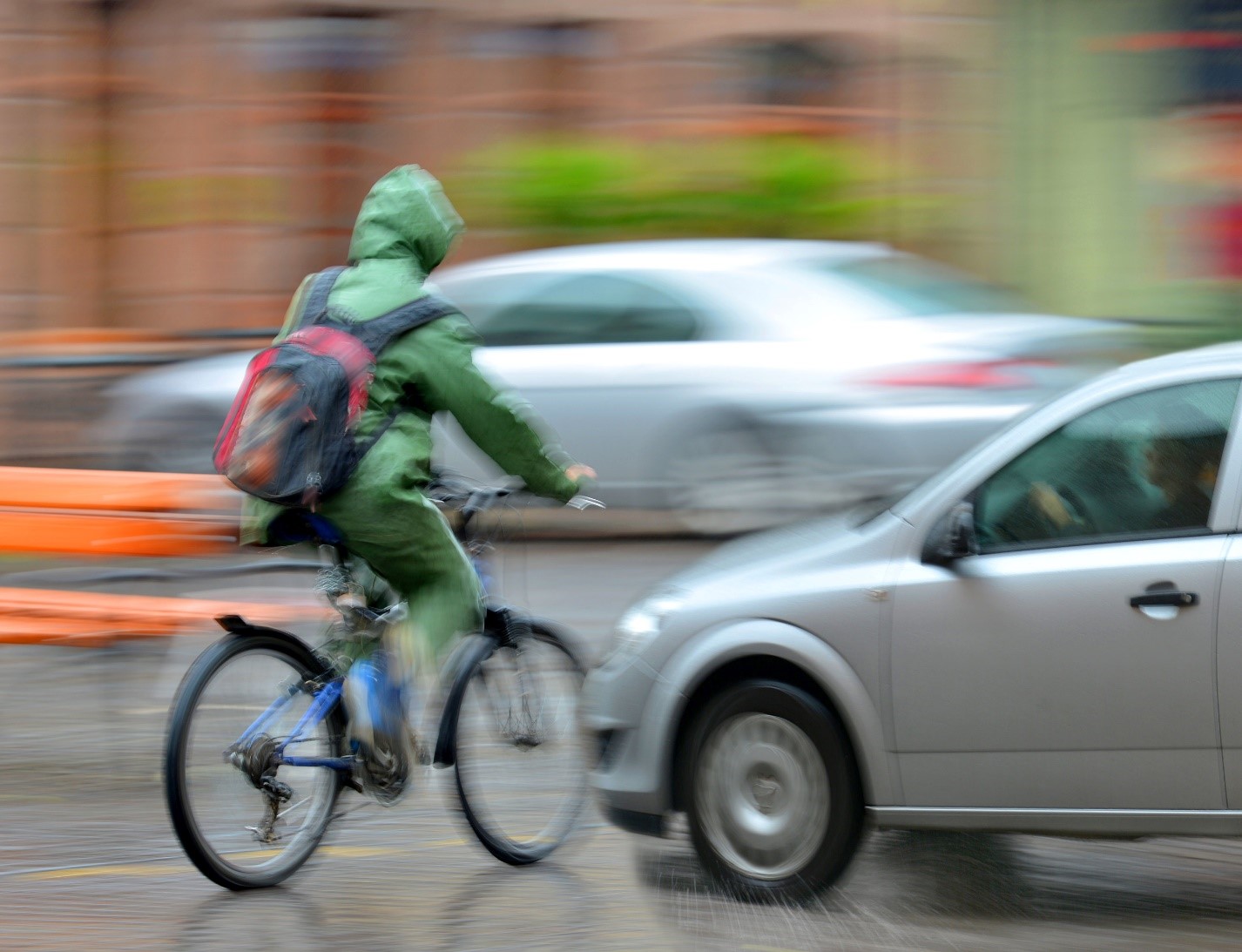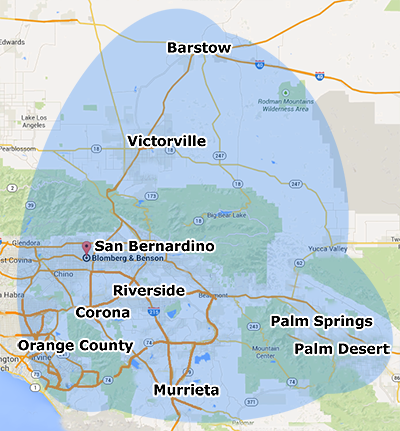Home >> Blog >> Bicycle and Vehicle Collisions

Bicycle and Vehicle Collisions: What Cyclists Should Know About Liability and Fault
If you are a cyclist who has been involved in an accident with another vehicle, your injuries might be substantial. Because you were riding a bike, you might have sustained much more harm than the driver of the car.
However, even though you have more injuries and a long road to recovery, deciding who is at fault for the accident and which parties are responsible for paying damages, including lost wages and medical bills, can sometimes be more complicated than you might think. Here's what you need to know about deciding fault and liability in a bicycle accident.
Who's at Fault?
Many cyclists automatically assume that because the car is the larger vehicle and because their injuries are greater, the fault lies with the driver of the car. However, this assumption isn't always true. Cyclists can sometimes be responsible for the accident, or they can be partially responsible, depending on the circumstances.
One statistic shows that 44 percent of bike-car collisions are the fault of the cyclist. Other sources say the number of at-fault cyclists is even higher, hovering at over 50 percent. But in reality, fault can be hard to determine. You might be at fault if:
- You were riding in an area where bikes are not permitted.
- You ignored the rules of the road. Sometimes, cyclists forget that they are, under the law, considered a vehicle when riding on the road. This fact means that the cyclist must yield to right-of-way, stop at lights, and use signals for turning, just like they would if they were driving cars.
- You rode in front of on-coming traffic. Many cyclists are used to being pedestrians, who always have the right of way, so they take more risks about crossing streets and intersections. However, since bikes are not pedestrians, expecting others to stop for you is like expecting a car to stop for you when you drive an automobile into traffic.
- You were riding against traffic. A common accident is for a car to hit a cyclist that had the right of way at an intersection, usually because a car does not check for bikes in the bike lane before turning. If you had the right of way but were riding in the wrong lane, against traffic, you could share fault with the driver.
- You did not stop at a traffic light. Some cyclists will only check briefly for dangers before continuing through an intersection. The "almost stop" is insufficient, and if it leads to accident, the cyclist could be partially at fault.
- You did not use lights and reflective clothing when riding at night.
Other factors contribute to fault. Even if you contributed to the accident with one of the above mistakes, the other driver is not off the hook. Speeding, texting, driving under the influence of alcohol or drugs or ignoring traffic laws can add to accident's severity.
Who Else Might Be Liable?
You might be surprised to learn that the accident may not have been your fault or the fault of the motorist. It might have been caused by outside circumstances beyond your control.
For example, the city might not have maintained the roads properly, leading to a cyclist needing to swerve in order to avoid hitting a pothole in the bike lane. While swerving, the cyclist could be sideswiped by a passing car. In this case, the accident is due to the poor road maintenance, and you could hold the city itself responsible.
Other areas where the community could be at fault include:
- Not clearing away ice and snow from intersections.
- Not providing correct signage to signal right of way.
- Not warning cyclists of road construction or other obstacles that might be placed in the bike lane.
Your lawyer can help you learn how to get compensation from municipalities if they are behind the circumstances that led to your accident.
What Can You Be Compensated For?
After the accident's fault has been determined, you can move forward with a personal injury lawsuit to recover damages. You can be reimbursed for medical expenses, loss of income, pain and suffering and the loss of your bike in the accident. If you were partially at fault, the court would divide fault by percentage, calculate the total damages, and give you a portion based on the percentage of fault.
Why Is Prevention Important?
The burden of preventing accidents is largely upon cyclists. Many accidents occur because the rider is not visible or is unaware of the rules of the road. This fact is especially true of teenaged riders who do have experience driving cars—they do not have the perspective of a motorist to make them more cautious about sharing the road with cars.
One of the reasons why accident prevention is an important part of liability discussions is because unlike drivers, bicycle riders do not have liability insurance. If you end up being responsible for an accident, you could be personally on the hook for the injuries of the other party.
If you have been in an accident as a cyclist, contact us at Blomberg, Benson & Garrett. We can help you get the legal protection you need while fighting for the compensation you will need to recover.



